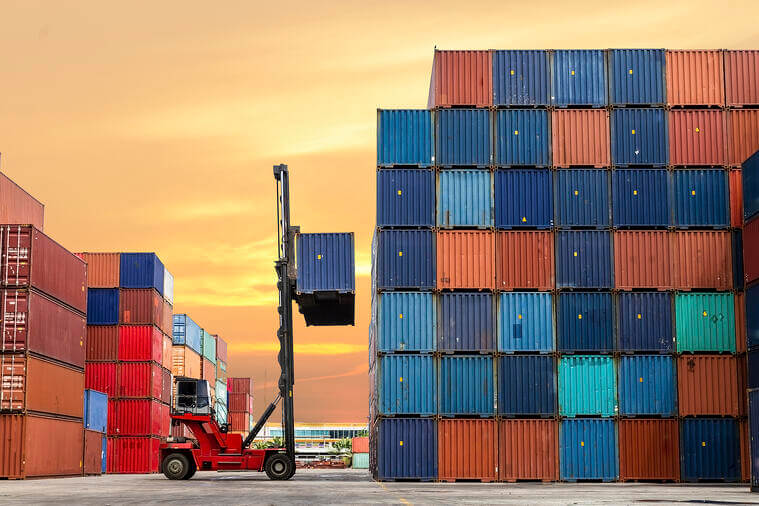The dates in this blog post might be outdated. For the most up-to-date information, please consult our NL landing page.
The procedure for bringing goods into the EU via the ports of the Netherlands is changing. The Dutch customs authorities will gradually introduce the CVB, short for Container Vrijgave Bericht (Container Release Message). This phased introduction starts as of 4 October 2021, establishing a link between AGS Import and the Customs Manifest. Phase 2 will be introduced in April/May 2022 with a link between NCTS and the Customs Manifest and the final phase will be in September/October 2022 with parameters yet to be defined. The name might suggest otherwise, but the CVB applies to all goods that are being imported into the EU via maritime ports, not just containers.

Why this change?
At the moment, the discharge of temporary storage declarations with subsequent declarations from importers is done retrospectively by the Dutch customs authorities, however European legislation has not allowed this for a couple of years. So far it has been lenient towards enforcing these rules, but the Netherlands must adapt its systems to be UCC compliant. In addition, mismatches between the bill of lading information and the weight on both declarations is common, leading to a lot of unnecessary recovery work in all parts of the logistics chain as well as high fines.
What will the CVB do?
The CVB will link the subsequent declaration of the importer that wants to collect their cargo and the declaration for temporary storage. To avoid mistakes between the bill of lading used by the importer and the declaration for temporary storage made by the shipping line/cargo handling agent, the subsequent declaration can only be made at the moment the goods arrive at the port (ATA).
How is this different from the current process?
The current process allows traders to file a subsequent declaration before the ship arrives and have the goods released with an ATO and the subsequent declaration, given that additional information is provided within due time, if required. However, since not everything is physically checked and properly compared, this procedure is no longer allowed by the UCC and has to be amended.
Who is impacted?
Eventually, all traders will need to use CVB. The initial phase will apply to traders who do not yet have a pre-declaration/automated release message procedure in place for their imports through the Netherlands, as these account for the majority of mistakes and mismatches. They will be required to use CVB beginning October 4, 2021 in order to have their goods released. Customs will use the CVB to make a match between the subsequent declaration of an importer who wants to collect their cargo in the port with the declaration for temporary storage made by the shipping line or cargo handling agent. Goods will not be released from the terminal until the match has been found.
How do I file a declaration?
The CVB message can be obtained either by the importer submitting a subsequent declaration manually after arrival of the ship, but the most efficient way of filing an incoming declaration is via a pre-notification and an automatic presentation notification. In this way, the goods can leave the terminal directly after being discharged unless there is a physical control planned by the customs authorities. The pre-notification is sent before the ship arrives in the harbour. Then, when the ship arrives or after the goods have been discharged, you confirm the pre-notification with your presentation notification. This speeds up the process significantly because customs can check whether everything is in order before the ATA and they do not have to wait until the subsequent declaration.
Pre-notification ensures that you will receive your MRN in time and allows you to pick up your goods directly, provided everything is correct. Furthermore, the customs authorities will be able to do a check of your declaration beforehand. If you are AEO certified, you will receive a notification as to whether your goods will be subject to physical checks, which allows for better planning of the further transport of the goods.
Automate your declarations with CAS
CAS is integrated with Portbase, and can lighten your workload with automated pre-notification and presentation notification processes in the future.
Using CAS, you can submit an advance declaration before the ship arrives in the port in the future. In case no customs inspections are required, CAS will receive the MRN in advance from customs. Upon arrival of the ship, you can then confirm the advance declaration with the presentation notification via CAS, as future functionality.
Contact us today to ensure your cargo continues to pass through Dutch customs quickly and efficiently come October 4.
